(Vivek Roy) Do you find yourself getting too anxious or stressed out? Or are you unable to get a peaceful sleep at night? Well, most of us these days lead a sedentary lifestyle. With hectic work schedules all day round, many of us find it so difficult to even eat a timely and a proper meal. Women especially need to juggle between work and kids which makes it further stressful for them. An increase in stress and anxiety results in our mental health getting affected. Physical health is often taken care of when people find time to hit the gym, but what about our mental health?
Related The Science Behind Yoga and Stress
by Vivek Roy, September 13th, 2019
In order to be physically fit and fine, we need to be mentally fit too. Sadly, many people ignore this aspect. A survey conducted by the World Health Organisation (WHO) revealed that depression is one of the highest-rated mental disorders in the world. India is in no way better. A 2015 survey conducted by the WHO revealed that 20% of Indian population suffers from depression. Out of which, very few seek medical help. As a result of depression, insomnia is bound to occur; hence, we are unable to get a sound sleep. Whenever we feel sick, we do not hesitate to go the doctor, yet we are reluctant to seek help for our mental health. However, what if we can stop the problem occurring in the first place? We can definitely do something to keep our stress and anxiety under control. This is where yoga comes in.
Yoga, an ancient art, has been practiced for centuries and it has become famous worldwide. It not only improves your physical health but also helps to curb problems like stress, anxiety, and insomnia. Why so? Every yoga asana (yoga posture) comes with its own set of benefits. It also helps the body to relax. Let us check out 7 effective yoga asanas to handle stress, anxiety, and insomnia. It is recommended that all yoga asanas be practiced on a mat.
Buy Book Supernormal: Science, Yoga, and the Evidence for Extraordinary Psychic Abilities
-
Balasana or the Child Pose:
The name itself suggests that the posture would be quite similar to that of a child.
- Sit down on your knees while maintaining an erect spine.
- Inhale and stretch your back. Make sure your back is straight.
- Now exhale and bend forward and touch your head to the floor in such a manner that it is beyond your knees.
- At the same time, straighten your arms and stretch them as much as possible. The arms can be kept forward or stretched behind and placed beside the hips.
- Try to remain in this pose for about 20-25 seconds.
- Now inhale slowly and bring your head back. Again ensure that your spine is straight.
- Finally, exhale in order to come out of the pose
Benefits: Calms down the tension in the shoulders, back, and chest.
Precautions: Avoid this asana if you have any heart ailments or knee injury
-
Shavasana (Corpse pose):
‘Shava’ means body, ‘asana’ means pose. The name itself suggests that you need to lie down and forget your neighbouring surroundings. Your position is like that of a dead body.
- Lie down with your back straight.
- Spread your legs apart.
- Spread your arms wide. Let your palms face the ceiling
- Close your eyes.
- Loosen your entire body and relax.
Benefits: This asana relaxes your whole body. It relieves you from all the stress and anxiety.
-
Tadasana (Also called as the Palm tree posture or the mountain pose):
This is basically a standing pose. It helps correct the posture of the body.
- Stand erect with your feet a little apart.
- Inhale and lift your hands up and keep your arms straight. Next, cross fingers of both your hands while facing your palms upwards.
- Next, lift your heels and stand on your toes.
- Try standing in this pose for about 10 seconds.
- Next, exhale and bring your heels down. At the same time, bring your hands down.
Benefits:
- Improves blood circulation especially around your head.
- Improves your posture.
- Corrects back problems.
- Relieves body tension.
- This asana, when practiced by kids, helps in improving their height.
Avoid this asana if you have issues like varicose veins or vertigo.
Buy Book The Yoga Bible
-
Padangusthasana or the big toe pose:
- Stand straight keeping your feet a little apart.
- Keep your knees straight
- Exhale and bend forward and try getting your head down as much as possible.
- Slide your index and middle fingers between your toes. Ensure you tighten your toes around your fingers.
- Try remaining in this position.
- Next, inhale slowly and get back to the original position.
Benefits:
- Relieves stress and anxiety.
- Improves kidney and liver functions.
- Relieves insomnia.
Avoid this asana if you have lower back issues.
-
Vrukshasana or the tree pose:
As the name itself suggests, this is again a standing pose, like a tree.
- Stand erect keeping your spine straight.
- Keep one foot on the ground.
- Lift your other leg and place your foot on the inside knee of your other leg.
- Next, lift both your hands high up and join both your palms.
- Remain in this position for some time.
- Go back to the original position and relax.
Benefits:
- Improves balance and alertness.
- It improves blood circulation around the brain.
Avoid practicing this asana if you have vertigo issues.
Buy Book Exercise for Mood and Anxiety: Proven Strategies for Overcoming Depression and Enhancing Well-Being
-
Makarasana (Crocodile pose):
This asana looks like the relaxation pose of a crocodile.
- Lie down flat on your stomach.
- Separate both your legs while they are pointing outward.
- Bend both your arms in such a manner that your one hand is over another.
- Place your forehead on your hands and relax.
Benefits:
- Relaxes your entire body from stress and tension.
Avoid this asana during pregnancy or low blood pressure.
-
Sethubandhasana or the Bridge pose:
One can guess from the name itself, this asana involves posing like a bridge.
- Lie flat on your back.
- Fold both your knees and touch both your feet to the ground, while separating both the legs.
- See to it that your heels touch your hips.
- Now inhale and slowly raise your buttocks. Raise as much as possible. Hold both your feet with your hands.
- Do not strain yourself. Only do as much as you can.
- Take normal breaths.
Benefits:
- It helps relieve issues like constipation.
- Relieves depression and anxiety, while strengthening the lower back muscles.
Avoid practicing this asana if you are in an advanced stage of pregnancy or if you suffer from a hernia.
Let us all practice the above asanas for sound health and mind!
About The Author
Vivek Roy is an enthusiastic Yoga blogger and Traveller from India. He has done 200 hours yoga teacher training in India. He loves to travel and share the knowledge of yoga around the world. For more information about him visit his website.
Stillness in the Storm Editor: Why did we post this?
Health is an important human value. Almost everyone, regardless of political affiliation, national origin, or religious association, values being healthy, free of disease and able to pursue their dreams and values. The preceding information discuses health in some capacity, either by alerting the public to poor health choices or suggesting better ways of living for optimum health. With health freedom in hand, which is a primary survival need of all living creatures, the individual can be liberated from fear of personal suffering. This leads to the capacity for holistic thinking, playfulness, and inspired living—activating our capacity to thrive.
– Justin
Not sure how to make sense of this? Want to learn how to discern like a pro? Read this essential guide to discernment, analysis of claims, and understanding the truth in a world of deception: 4 Key Steps of Discernment – Advanced Truth-Seeking Tools.
Stillness in the Storm Editor’s note: Did you find a spelling error or grammar mistake? Send an email to corrections@stillnessinthestorm.com, with the error and suggested correction, along with the headline and url. Do you think this article needs an update? Or do you just have some feedback? Send us an email at sitsshow@gmail.com. Thank you for reading.
Source:
https://wakeup-world.com/2019/09/13/7-effective-yoga-asanas-for-curbing-anxiety-stress-and-insomnia/

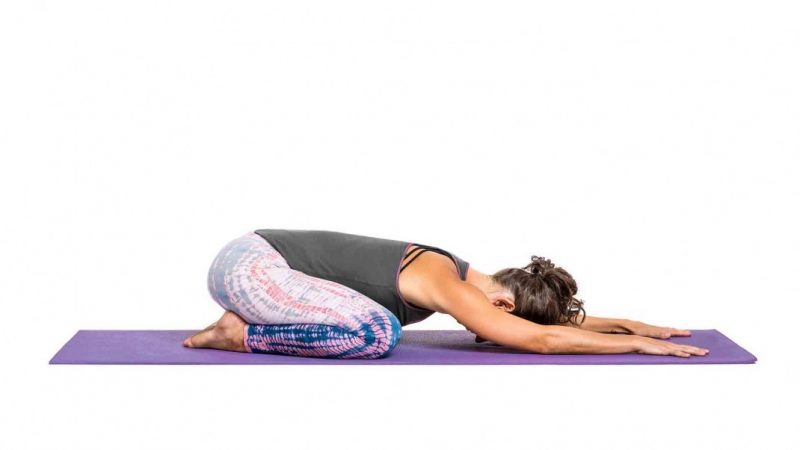
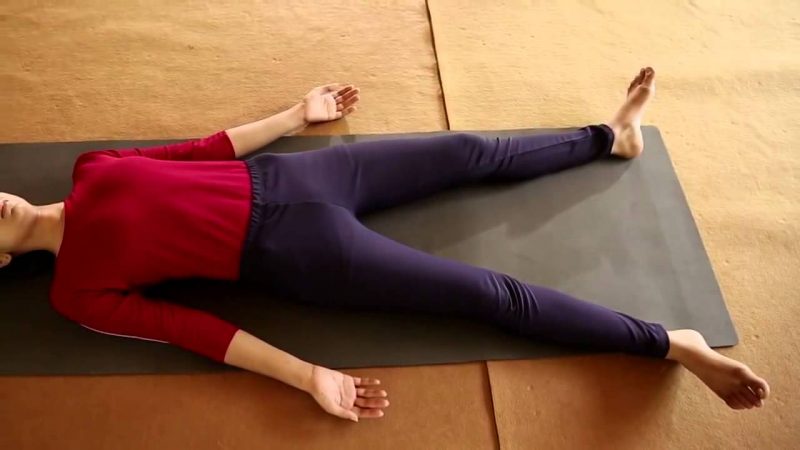
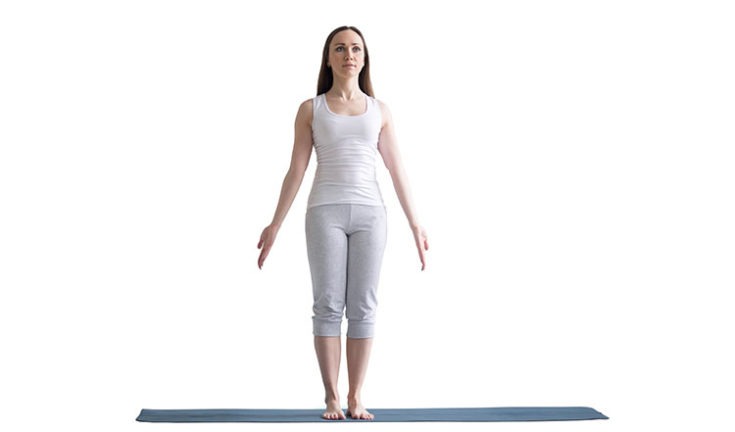
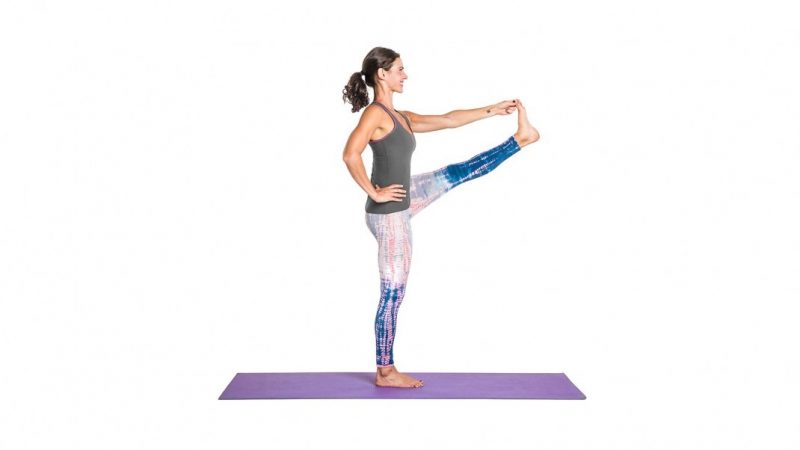
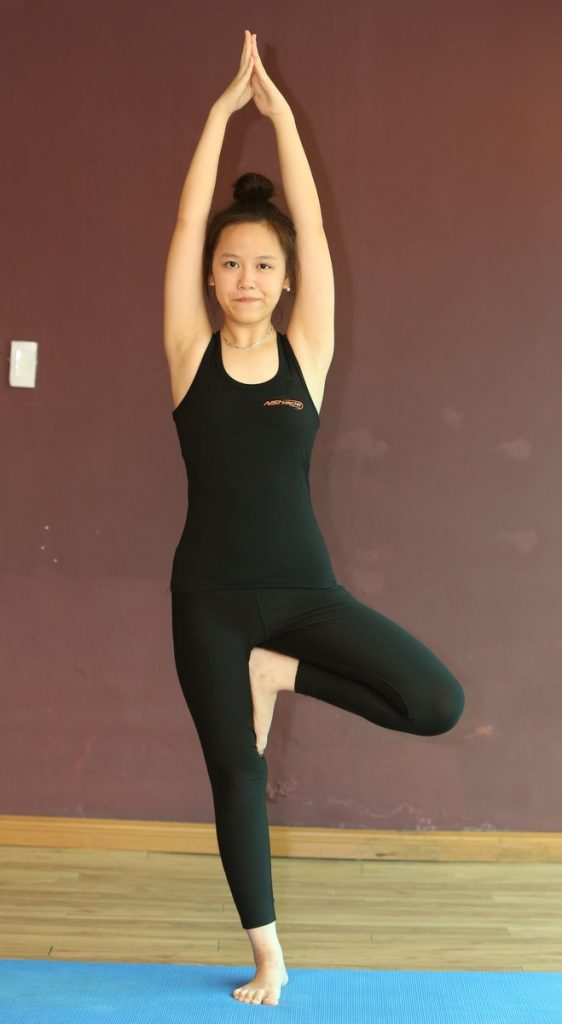
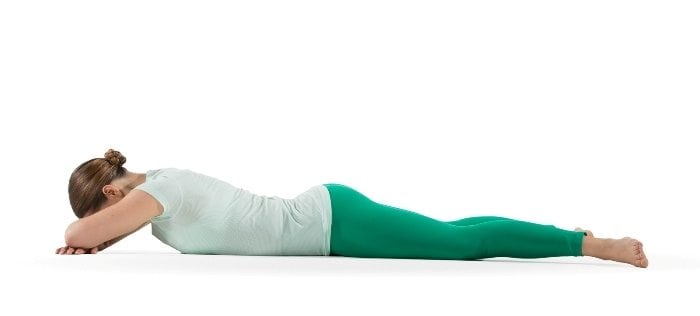
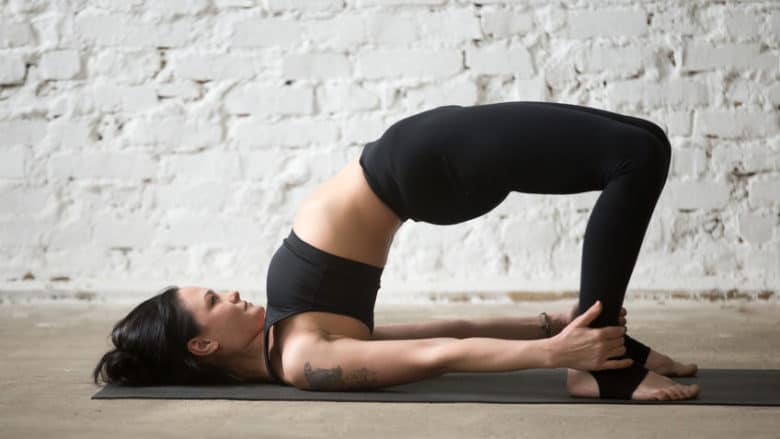
Leave a Reply